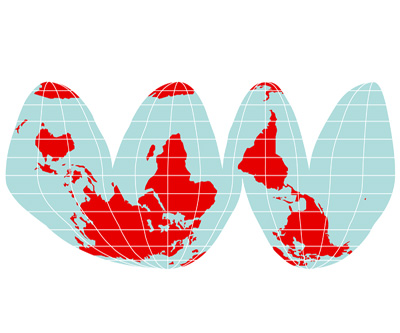Expat execs in Africa: Without ‘danger pay’ how does the money stack up now?

Africa emerged from the 2008 financial crisis relatively unscathed and the IMF forecasts continent-wide GDP growth of 5.4% this year – the eighth year of 5%-plus growth.
Some countries will enjoy 35% growth rates thanks to resource investment – iron ore in the case of Sierra Leone for example.
A 2010 McKinsey study forecast that Africa’s combined economy would grow by $1 trillion by 2020 not only thanks to mining projects and booming tourism, but a growing middle class, political stability and strengthened institutions.
Africa’s economic numbers all point upwards, but how is executive pay for expatriates stacking up?
FT.com reports on on the changing nature of executive pay and living conditions in Africa.
The paper says regional variations in pay packages are extensive. In West Africa an expat exec could “also get a driver and car, and often security, as well as housing with staff to run it,” while in east and southern Africa excellent healthcare and education opportunities make up for lower compensation.
There are also many new rules covering expat workers – 90% of workers in Mozambique must be local and other countries require a local 2IC for instance.
And one traditional component of expat pay in Africa is beginning to drop out of packages altogether – danger pay.
Examples of executive pay:
● Chief operating officer for a large underground and open pit mining operation in Central Africa
Base compensation: $450,000
Variable additional pay: $340,000
Additional benefits: Free furnished family accommodation; use of company vehicle on site; two business-class fares to home base (plus spouse) every six months; medical cover plus evacuation in event of illness or injury.
(Source: Heidrick & Struggles, Johannesburg)● General manager for a mining company in East Africa
Base compensation: $230,000
Allowances: geographic: $60,000; residential: $28,000
Variable compensation: short-term incentives: $75,000; long-term incentive: $75,000
Additional benefits: Business-class flights for employee and dependents to home base twice a year; free medical plus emergency evacuation for illness or injury.
(Source: Heidrick & Struggles, Johannesburg)
Continue reading at FT.com (sub required).
Africa contains 54 countries and a total population of 1 billion and its biggest problem remains “to overcome deeply entrenched perceptions” a recent study of investment on the continent argued.
One such misconception is a fairly banal one: Africa is in reality much bigger than it appears on maps – the land mass can accommodate the US, China, India, Japan and Europe.
Click on the map below for a detailed geographical infographic and read more on why 66% of institutional investors choose Africa as number one destination here >>.
More News
Gold price surpasses $3,300 to new record as tariff war ramps up
April 16, 2025 | 08:07 am
{{ commodity.name }}
{{ post.title }}
{{ post.date }}





Comments